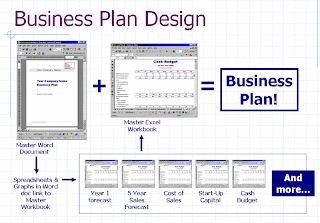Shown below are 2 of major on line modelling agencies that I use for recruiting models for my photography. These are great resources for photographers to recruit models at quite reasonable prices and the models range form amateurs to professionals
I find you get what you pay for,so the more you pay the better and more experienced the models tend to be
One of the features of this service is what is known as TFP which basically translates to "Time for prints". This is where the photographer completes a shoot of the model and uses her services free of charge. The photographer then gives the model a copy DVD of all images taken of the session free of charge. This works well for both models and photographers a like as there is no money changing hands just services which are exchanged between both parties
For more experienced models I would perhaps pay for their services but have never paid more than £60.00




